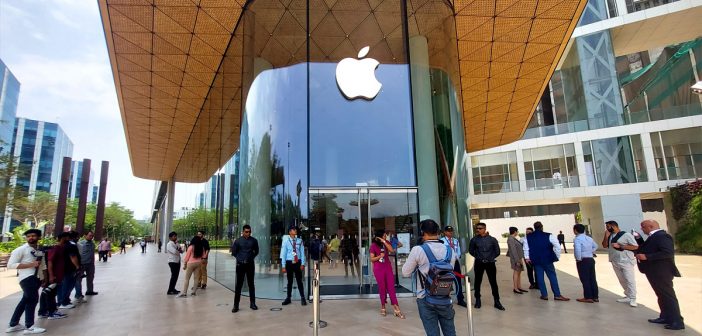Apple’s journey in the Indian market has been one of calculated moves, gradual adaptation, and recent explosive growth. Initially seen as a brand catering to a niche segment, Apple has strategically navigated the complexities of the Indian consumer landscape to establish itself as a major player. This article explores Apple’s foray into India, its evolving strategies, and the factors contributing to its current success.
A Cautious Entry and Initial Hurdles:
Apple’s official entry into the Indian market came in 2009. However, its initial approach was cautious. The company primarily relied on partnerships with premium retailers, resulting in limited product availability and high prices. This strategy catered to a select, affluent customer base but failed to penetrate the broader Indian market characterized by price sensitivity and a growing middle class with rising disposable incomes.
Challenges in a Price-Conscious Market:
Several factors hindered Apple’s early growth in India. High import duties on electronics pushed up product prices significantly, making them unaffordable for the vast majority of consumers. Additionally, the lack of a robust network of authorized retailers restricted accessibility, and established domestic brands offered strong competition in the mid-range segment.
Shifting Gears: Strategic Adaptations for Growth:
Recognizing the limitations of its initial approach, Apple embarked on a strategic shift in the late 2010s. Here are some key changes that propelled its growth trajectory:
-
Focus on Online Sales: Apple launched its online store in India in 2020, providing a convenient and accessible platform for consumers across the country. This move not only widened product reach but also allowed for potentially competitive pricing strategies.
-
Partnerships with Retailers: Expanding its retail footprint through partnerships with major electronics retailers like Croma and Reliance Digital increased brand visibility and made Apple products more accessible to a wider audience.
-
Localized Manufacturing: Apple began assembling iPhones in India through partnerships with contract manufacturers like Foxconn and Wistron. This move helped reduce import duties, leading to a potential decrease in product prices and a more competitive edge.
-
Financing Options: Recognizing the importance of affordability, Apple introduced EMI ( equated monthly installment) options in partnership with leading banks and financial institutions. This made iPhones more accessible to aspirational buyers seeking premium smartphones.
A Winning Formula: The Appeal of the Apple Ecosystem:
Beyond strategic adaptations, Apple’s success in India can be attributed to the inherent appeal of its ecosystem. Here’s how it resonates with Indian consumers:
-
Brand Image and Status Symbol: Apple products are associated with premium quality, innovation, and a sense of exclusivity. Owning an iPhone signifies status and aligns with the aspirations of a growing, affluent middle class in India.
-
Seamless Integration: Apple’s ecosystem of hardware, software, and services, like iCloud and iMessage, offers a seamless user experience. This resonates with tech-savvy Indian consumers who value convenience and a connected digital lifestyle.
-
Focus on Security and Privacy: In an increasingly digital world, Apple’s emphasis on data security and user privacy is a significant selling point for Indian consumers who are becoming more privacy-conscious.
-
App Store Advantage: The Apple App Store offers a curated selection of high-quality apps, catering to diverse needs and interests. This curated approach resonates with Indian consumers who may be wary of the vast and potentially unregulated app ecosystem on competing platforms.
The Road Ahead: A Sustainable Growth Strategy?
While Apple’s recent success is undeniable, questions remain regarding the sustainability of its growth strategy. Here are some factors to consider:
-
Competition: Indian smartphone giants like Micromax and Lava are constantly innovating and offering feature-rich smartphones at competitive prices. Apple will need to maintain its edge in design, innovation, and user experience to retain its market share.
-
Price Sensitivity: Despite the introduction of EMI options and localized manufacturing, Apple products remain expensive for a significant portion of the Indian market. The company may need to explore further affordability strategies to broaden its customer base.
-
Focus on Emerging Segments: Apple has made inroads into the premium segment of the Indian market. However, tapping into the vast potential of the budget-conscious and value-seeking segment might require a more aggressive pricing strategy or the introduction of new product lines catering to this audience.
Conclusion: From Niche to Mainstream – A Transformation in Progress
Apple’s journey in India is a story of adaptation, strategic maneuvering, and capitalizing on the evolving desires of the Indian consumer. The company has successfully transitioned from a niche player to a major force in the premium smartphone segment. However, the Indian market is dynamic and fiercely competitive. Apple’s continued success will depend on its ability to navigate price sensitivity, offer compelling value propositions, and cater to the evolving needs of a diverse and growing consumer base. Whether Apple can truly become a mainstream player in India





